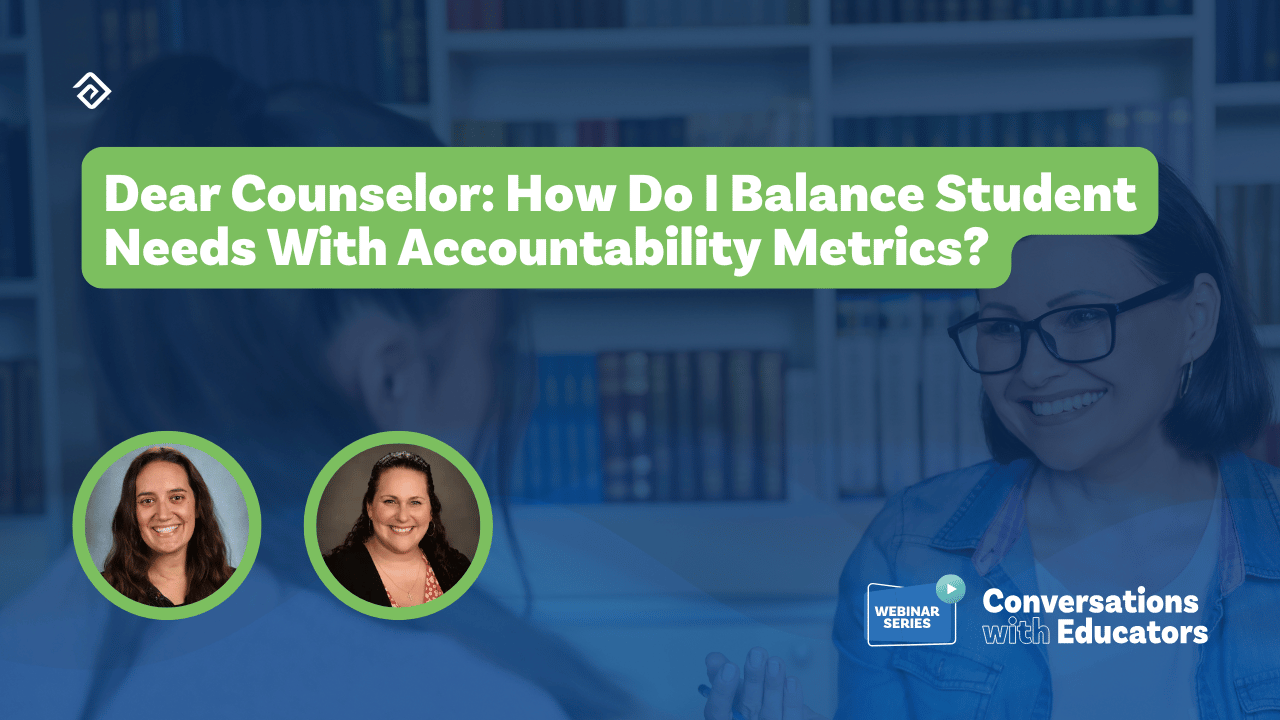Student Assessment Data: 5 Ways to Use Assessment Data

Understanding Student Assessment Data
Student assessment data provides a direct means of analyzing student performance and evaluating the strengths and weaknesses of a class. Teachers, school administrators, and families can use that information to guide decision-making for better student outcomes.
By analyzing assessment data in context, teachers can strategically plan classes and deliver personalized student instruction and interventions in a way that will impact student learning in the most positive way possible.

1. Plan Personalized Learning Interventions
Whether your school utilizes a Multi-Tiered System of Supports (MTSS) approach or a Response to Intervention (RTI) strategy, all instructional methodologies have one ultimate goal: To help students improve in the areas they struggle in.
Student assessment data provides a solid foundation for teachers to create a personalized teaching plan to aid struggling students. While different plans may vary widely in their general approaches and implementation strategies, they often contain a few unifying criteria, such as:
- A tool for tracking and monitoring progress for the teacher, student, and their family;
- Specific skills that teachers can focus on in the classroom; and
- Supplementary support teaching techniques adapted to the student’s specialized needs.
It is important to note that personalized intervention plans are supposed to be flexible. Teachers must use real-time reporting tools to get relevant data and formative statistics. These can then inform the guided learning interventions and testing accommodations deployed in the classroom.
2. Create Daily Teaching Strategies
For teachers to create their day-to-day instructional strategies, they need to have a high-level view of each student’s performance. Based on that perspective, teachers can group students into relevant clusters using appropriate assessment data trends.
Student assessment data provides teachers with answers to questions such as:
- How many smaller groups or clusters should be formed?
- Where will teachers find the time to support and teach each cluster?
- How can teachers manage the rest of the class as they work individually with the cluster groups?
- Where should teachers find the best resources to meet their students' instructional needs?
While the logistical aspects of grouping students into smaller clusters based on their instructional needs is not always feasible or necessary, student assessment data provides deep insights into their needs. The goal is to help teachers find reasonable answers to these questions and create customized teaching strategies that yield better student outcomes.
For instance, several reading and math online assessments link to learning resources designed for whole- or small-group instruction. These ready-to-use resources save teachers the time they would have otherwise have used to research and create materials from scratch.

3. Develop Targeted Goals for Teachers and Students
The successes and failures of teachers and students often come down to the goals set out for them. District and school education administrators can collect and analyze student assessment data and then use the information and insights derived to create SMART goals for teachers – specific, measurable, relevant, attainable, and time-bound goals. Teachers can reference these goals to ensure that they align with those of their students.
Encouraging students to set their own goals for their academic careers gives them a sense of ownership and provides them with a sense of accountability for their assessment data. That's when student outcomes improve.
4. Progress Monitoring
Monitoring student and teacher progress provides school and district administrators with classroom performance and skills information. Monitoring should be frequent and continuous to the point it becomes familiar and expected for all involved parties.
The best approach would be to use an all-inclusive, multifaceted student assessment tool. This would allow each student to be regularly assessed in the areas they struggle in to monitor improvement or lack thereof.
As the tool adjusts based on the student’s ability, learner frustration levels will decrease as students are less discouraged by the exercise and focus on constructive aspects and positive feedback. This approach ensures that the data collected during the progress monitoring exercise is precise and reliable.
5. Uncover Gaps in Professional Development
Assessment data doesn’t just help students improve. It can also highlight areas where students see the least improvement, which might point to gaps in the professional development of the respective teachers.
Once these gaps are identified, district and school administrators can devise customized professional development strategies to fill these gaps. One effective approach would be to utilize assessment technology providers to customize development plans based on the student assessment data. Teachers can interpret the results to adopt or devise new educational approaches for better student learning outcomes.

How to Analyze Student Assessment Data
Student assessment data can be analyzed in quantitative and qualitative ways.
On the one hand, quantitative data analysis often utilizes numerical ratings or standardized scores to provide quantifiable results that are easy to calculate and display.
On the other hand, qualitative data analysis utilizes observations and descriptions instead of numerical ratings and scores. Qualitative data is derived from several sources, such as student portfolios, essay responses, focus group notes, and open-ended survey questions.
Qualitative data is useful for answering “how” and “why” questions with regard to student performance, motivation, experience, or approach.
It is worth noting that in some cases, it is possible to code qualitative textual data into a numerical format to analyze the assessment further in a quantitative way.
For instance: On a scale of 1-5, did today’s class meet your expectations?
- 1 = Did not meet expectations
- 2 = Needs some improvement
- 3 = Meets expectations
- 4 = Exceeds expectations
- 5 = Outstanding
Why Is Student Assessment Data Important?
Before embarking on a student assessment exercise, the "why" must be clear. Some of the questions assessment data can help to answer include:
- How can teachers adjust their instruction to meet the needs of their students? How can they tell whether their students are making progress, and to what level?
- How can school administrators ensure that students are on track to achieve critical milestones? What type of support should they offer to back the professional development of the teachers at the school?
- How can district administrators evaluate the district's programs to create improvement plans? What strategies are working, and which ones need to be phased out?
- How can families tell whether their child receives adequate educational instruction and interventions based on actual student performance? How can they monitor the effectiveness of improvements and the learning environment?
- How can a student tell if their learning connects with their goals?
Once the purpose becomes clear, the student assessment can begin. Stakeholders can then use that information to develop personalized instruction based on student needs, set short- and long-term academic goals, and use the assessment data to evaluate intervention and curricula changes. The data can also be used to target professional development options for teachers.
Final Thoughts
Assessment tools that deliver real-time data can greatly benefit teachers, students, families, and school and district administrators. Student assessment data is the key to promoting equity and empowerment among students and making informed instructional decisions among teachers and administrators for better learning outcomes.
TestHound is a comprehensive K-12 assessment coordination tool that allows school administrators to plan and coordinate local and state assessments while monitoring student supports, accommodations, and testing history. It is the only test enablement solution that incorporates data from different remote systems, consolidating them into a single platform.
If your school is interested in new ways to improve the learning experience for children, you may also be interested in automating tasks and streamlining processes so that your teachers have more time to teach. Education Advanced offers a large suite of tools that may be able to help. For example, four of our most popular and effective tools are:
- TestHound, our test accommodation software, helps schools coordinate thousands of students across all state and local K-12 school assessments while taking into account dozens of accommodations (reading disabilities, physical disabilities, translations, etc.) for students.
- Pathways, our college and career readiness software, helps administrators and counselors create, track, and analyze graduation pathways to ensure secondary students are on track to graduate.
- Evaluation, our teacher evaluation software, documents every step of the staff evaluation process, including walk-throughs, self-evaluations, supporting evidence, reporting, and performance analytics.
More Great Content
We know you'll love





